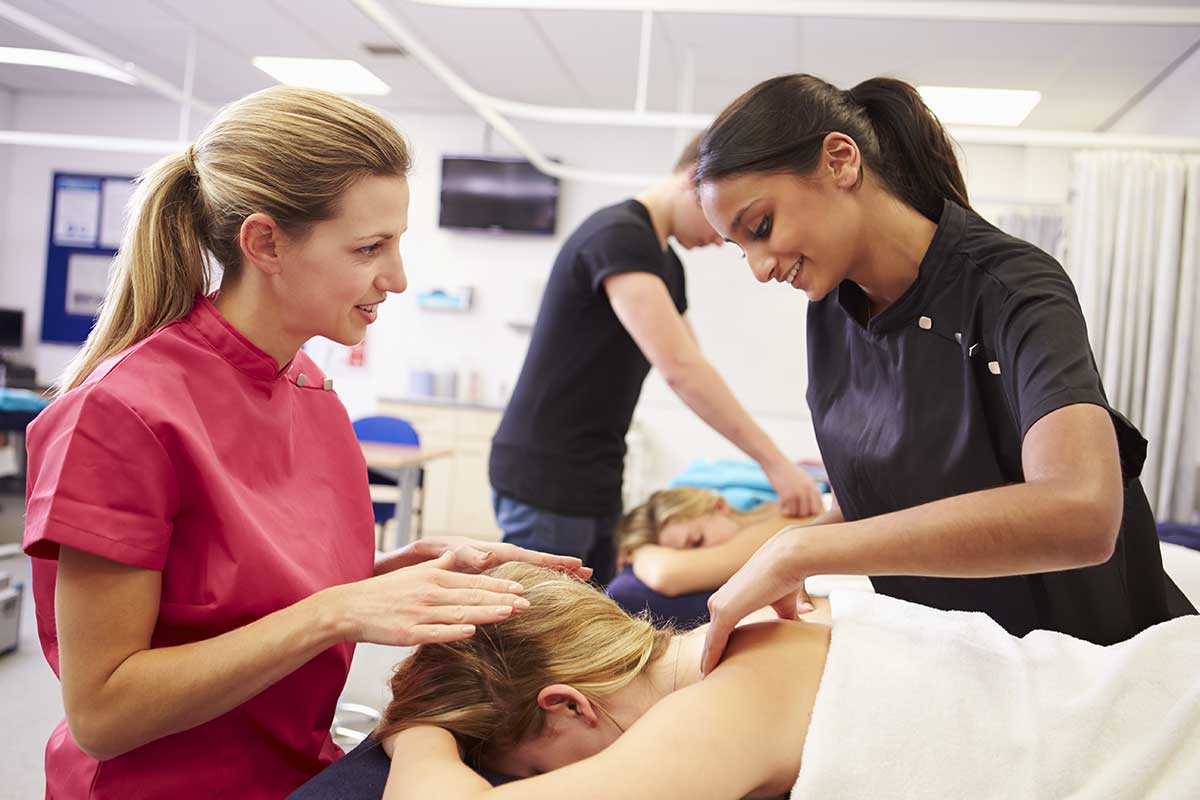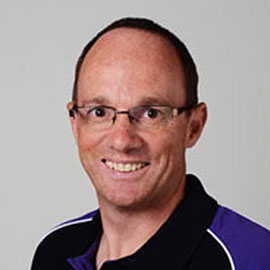The art of massage encompasses thousands of technical terms, as well as anatomy, biology, and kinaesthetics jargon. It can sometimes be a bit overwhelming having to have such a fountain of knowledge at your disposal, especially since your clients look to you for expert advice; they’re entrusting their bodies to you, so you’d better be an expert on the subject.
Having a glossary of terms can help you quickly scan, study, and understand the terms better, as well as clear up any differences on terms you may be unfamiliar with. We’ve put together a sample of some of the phrases and words used commonly in the massage industry, so that you can breeze through your studies and pursue a successful and rewarding career in the massage industry.
Taking a look at common massage terms
Abdomen: The part of the body below the ribs and above the pelvis, a cavity that contains the main digestive tract and associated organs.
Accessory Muscles: A combination of neck, chest, and abdominal muscles that aid in respiration.
Achilles tendon: The muscle connecting a patient’s calf to their heel.
Acupressure: A medicinal treatment involving using pressure in the fingers to apply specific force to pressure points on a patient’s body. Used to relieve stress and promote healing.
Acupuncture: Uses the same pressure point system as Acupressure, but instead uses needles, inserted into specific points, to achieve the same effect. Arguably more well known, but less commonly practised. Can also refer to electro-acupuncture, which uses low jolts of electricity instead.
Aerobic: Using or containing oxygen. The antonym of this is anaerobic.
Aromatherapy: Using aromas (often of essential oils) to promote healthy healing and reduce stress. Used as either an accompaniment to massage or as a massage oil.
Brachii-: The biceps brachii muscle which starts at the shoulder joint, ending at the elbow, controlling movement and strength.
Cardio-: Matters related to the heart or blood flow.
Carpals: The wrist bone network forming the carpal tunnel; a common stress area.
Deep Tissue Massage: Massage designed to affect the subdermal layer of tissue. A major factor in rehabilitation from muscle pain and injury recovery, as well as a helper for arthritis and joint pain.
Epidermis/Epidermal: The immediately accessible layer of skin. Made up of multiple strata.
Geriatric Massage: Massage techniques designed for older, or particularly frail younger patients. Used to solve facets of pain experienced during aging.
History Talking: The process of finding a patient’s prior medical or massage history during consultation.
Hypertension: High blood pressure, often at dangerous levels.
Holistic: Holistic Medicine aims to combat illness and negative effects by addressing not just the body, but the lifestyle and ‘spirit’ of an individual. Linked to alternative therapy, but often encompassing a multitude of conventional therapy techniques as well.
Hydrotherapy: A range of techniques utilising running water, such as underwater massage.
Joint: A joint is a point in the body where two bones connect or join. This can be at both obvious junctions, such as the elbow, but also applies to connections such as the fibrous sutures in the cranial bones.
Kinesiology: The study of human movement; useful for massage as it examines the use of muscle and body in movement and at rest.
Kinesis: Movement as a general term.
Lactic Acid: An acid that builds up in joints and muscle that occurs when there is little or no oxygen present during movement. A build up in the wrong area can cause joint and muscle pains, lethargy, and is a major reason why aerobic massage relieves tension and stress.
Ligament: Fibrous connective tissues that work in tandem with muscles and bone to form a joint. Pliable enough to allow joints to move.
Lumbar: The lower back, between the thorax and pelvis.
Motor Nerves: Nerves that control information between the central nervous system and their respective endpoints.
Muscle: Soft tissue moulded around bones and organs. The primary locomotive aspect of the body, and the main target of the majority of massage practises.
Orthopedic Massage: A type of massage that seeks to combine the techniques found in sport massage and recovery with conventional massage medical practise. A large amount of orthopedic techniques involve a large amount of communication with the patient on their own rehabilitation.
Organ: A discrete entity within the body that provides a unique function, such as the liver or kidneys.
Osteoporosis: A condition that leaves bones brittle and prone to breaking. Massage forms a large part of treatment for this condition.
Prenatal Massage: Massage specialised towards pregnant women, or designed for the comfort and safety of pregnant women during massage.
Prone: When a patient lies face down, flat on their stomach.
Soft Tissue: The majority of objects massage focuses on. A classification including muscles, ligaments, tendons, and more.
Swedish Massage: The majority of conventional western massage techniques fall under this banner.
Tendon: Fibrous tissue attaching bone to muscle.
Tissue: Conjoined cells working in unison. Muscle is a type of tissue.
Therapy: The art of consultative healing.
Sub-: Underneath e.g subcutaneous means ‘under the skin’.
Learning the right language for a successful massage career
It’s important to be able to communicate with your clients effectively, and reassure them that when it comes to massage, you really know what you’re doing. Discover Massage Australia offers industry recognised massage courses for everyone from the absolute beginner to the experience massage therapist. Find a course near you today and get qualified in a weekend!

